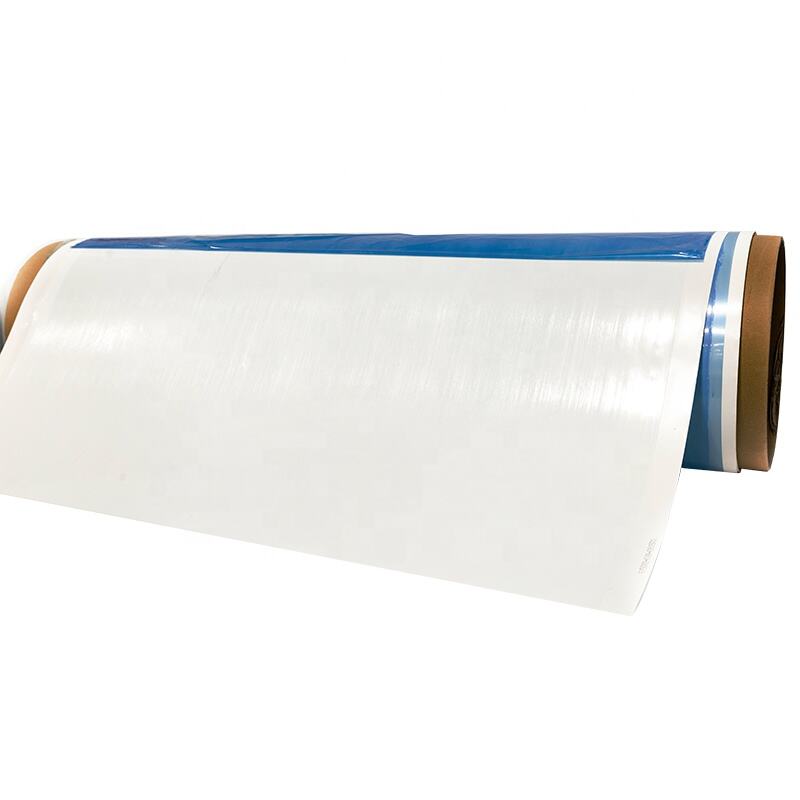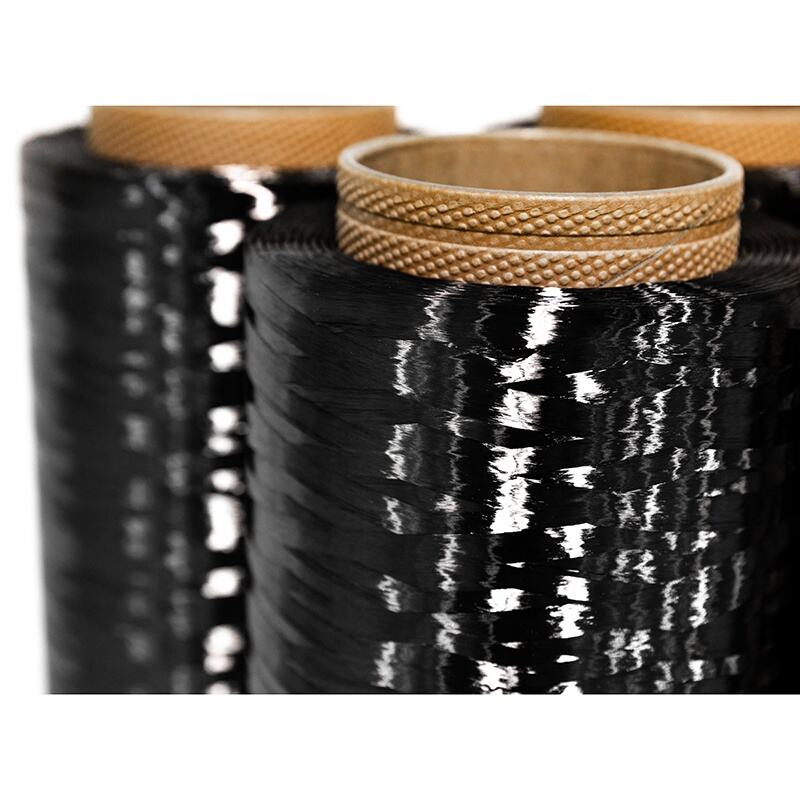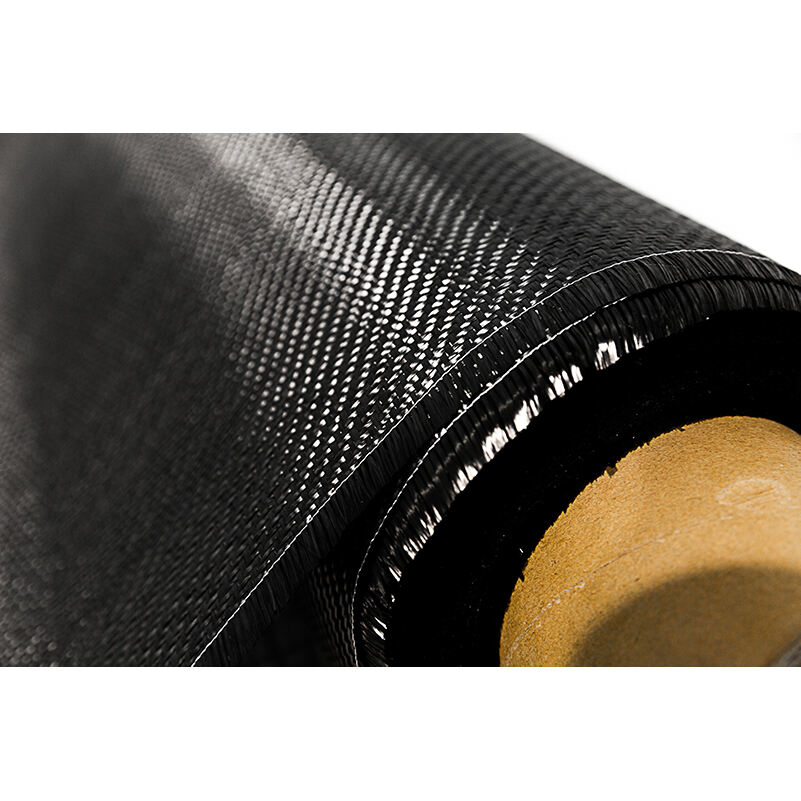twill weave carbon fiber
Twill weave carbon fiber represents a sophisticated advancement in composite materials technology, characterized by its distinctive woven pattern where the carbon fiber tows are interlaced in an over-under sequence creating a diagonal pattern. This weaving technique produces a fabric with superior draping capabilities and enhanced structural integrity compared to plain weave patterns. The material exhibits exceptional strength-to-weight ratios, making it ideal for high-performance applications. The distinctive 2x2 twill pattern, where each warp fiber goes over two weft fibers then under two, creates a smooth surface finish that is both aesthetically pleasing and functionally superior. This weaving method allows for better conformability to complex shapes while maintaining structural integrity. The material offers outstanding mechanical properties, including high tensile strength, excellent fatigue resistance, and superior stiffness. In industrial applications, twill weave carbon fiber is extensively used in aerospace components, automotive parts, sporting goods, and high-end consumer products. The material's ability to be molded into complex shapes while maintaining its structural properties makes it particularly valuable in applications where weight reduction and strength are crucial factors.


